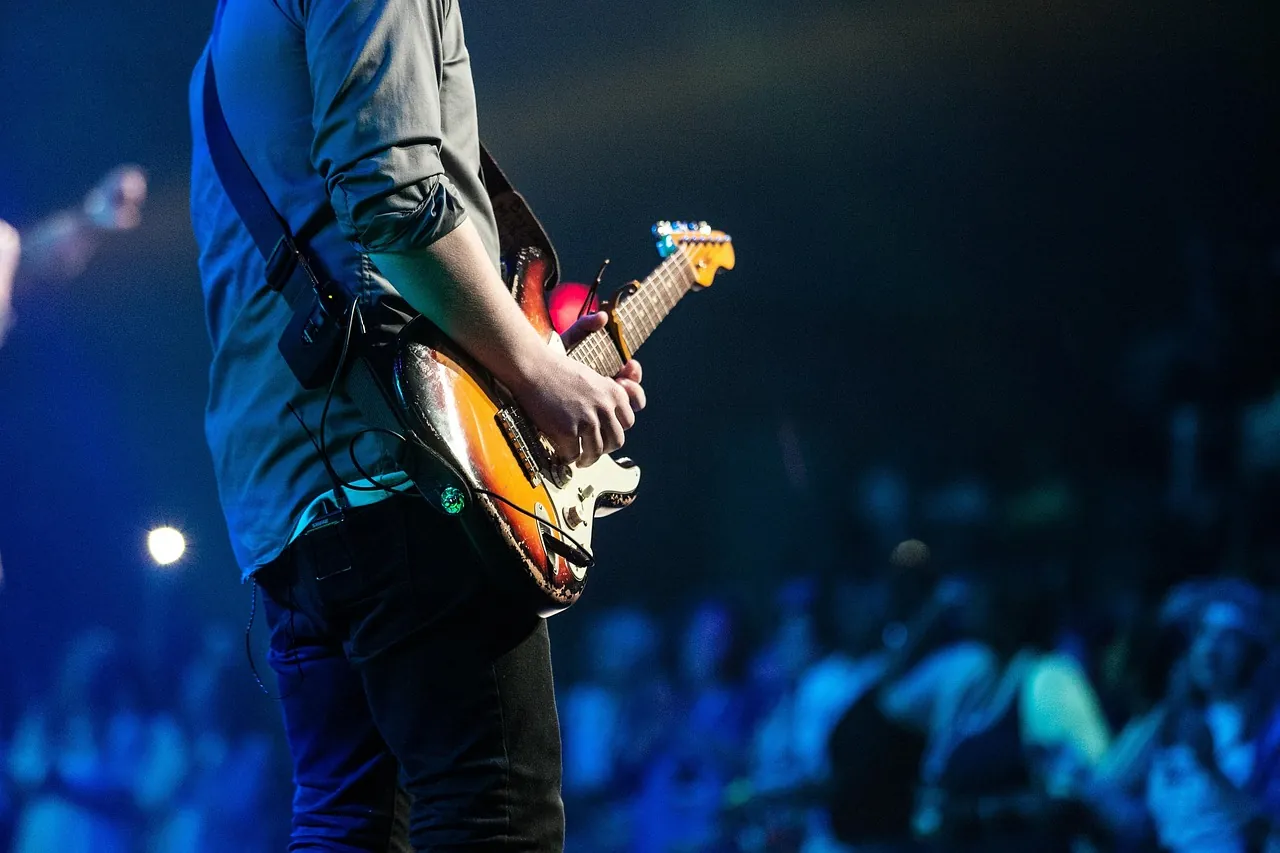The Role of Small Music Venues in Building Community Identity

Small Music Venues: The Heartbeat of Communities
Small music venues often serve as the cultural heartbeat of communities, fostering local identity and providing a platform for both emerging artists and music enthusiasts. These intimate spaces offer much more than live performances; they are the breeding grounds for creativity, community engagement, and neighborhood revitalization.

The Unique Appeal of Intimate Spaces
What sets small venues apart is their ability to offer an intimate and immersive experience that large arenas simply cannot match. Patrons often find themselves inches away from the performers, creating a sense of connection and accessibility. This closeness allows for genuine interaction between artists and audiences, often leading to memorable experiences that contribute to the community's unique character.
Case Study: The Blue Owl, Nashville
The Blue Owl, nestled in a quiet corner of Nashville, exemplifies how a small venue can galvanize local music culture. With its commitment to showcasing local talent, The Blue Owl has become a gathering place for musicians and fans alike. It's not uncommon for artists who perform there to collaborate on future projects, further enriching Nashville's vibrant music scene.
Cultivating Local Talent
Small venues play a crucial role in nurturing local talent. They provide emerging artists with opportunities to hone their craft in front of live audiences, receive feedback, and build a following. The impact of these opportunities can be career-defining.
The Impact of Open Mic Nights
Open mic nights, common in small venues, allow musicians to test new material and gain confidence. These nights also promote inclusivity, welcoming musicians of all genres and skill levels. By embracing diverse musical expressions, venues foster a richer cultural tapestry.
Revitalizing Neighborhoods
The presence of a small music venue can spark the revitalization of surrounding neighborhoods. Music lovers drawn to these venues often support local businesses such as cafes, record shops, and restaurants. Over time, this increased foot traffic can lead to economic growth and community development.
Case Study: The Sparrow, Charleston
The Sparrow in Charleston is a testament to the power of music venues in neighborhood rejuvenation. Since its opening, the venue has attracted both tourists and locals, increasing the vibrancy of the area. Its success has inspired nearby businesses to thrive, making the neighborhood a bustling hub of activity.
Engaging the Community
Small music venues foster community engagement by hosting events that bring people together. Whether it's a themed music night or a charity concert, these venues create shared experiences that strengthen community bonds.
Checklist: Organizing a Community Music Event
- Identify local talent and reach out to them with event details.
- Partner with local businesses for sponsorships or collaborations.
- Utilize social media to promote the event and engage potential attendees.
- Ensure logistical details such as sound systems and seating are organized well in advance.
- Create opportunities for community members to participate, whether through volunteering or performing.
Conclusion: More Than Just Music
In conclusion, small music venues do more than host live performances; they cultivate artistic expression, stimulate local economies, and forge strong community ties. They are invaluable assets that contribute significantly to the cultural and social fabric of neighborhoods. By supporting these spaces, we invest in the future of both artists and communities alike.
 TrendLayer
TrendLayer